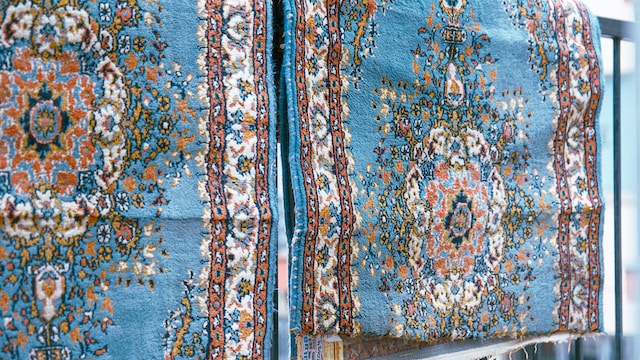who was the first native american to be honored on a u.s. stamp
History of blue dye in Native American rug making
Native American representation in postal service history is a topic that is often overlooked. However, the first Native American to be honored on a U.S. stamp was Sacagawea.
Sacagawea was a Shoshone woman who played a crucial role in the Lewis and Clark expedition of 1804-1806. She acted as an interpreter and guide for the explorers, helping them navigate through unfamiliar territories.
In 1905, Sacagawea was featured on a 10-cent stamp as part of the Louisiana Purchase Exposition series. This stamp commemorated the centennial of the Lewis and Clark expedition and recognized Sacagawea's contributions to American history.
Despite her significant role in shaping the nation's history, it is surprising that it took over 100 years for Sacagawea to be honored on a U.S. stamp. Native Americans have long been underrepresented in mainstream narratives, including postal service history.
It is important to recognize and celebrate the diverse contributions of Native Americans to our country's development. By highlighting figures like Sacagawea on stamps and other forms of commemoration, we can help educate others about their important place in American history.
